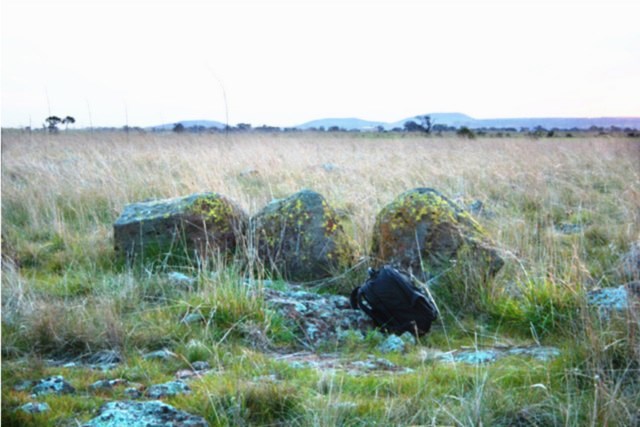Wurdi Youang on:
[Wikipedia]
[Google]
[Amazon]
 Wurdi Youang is the name attributed to an
Wurdi Youang is the name attributed to an
{{Indigenous Australians
Stone circles in Australia
 Wurdi Youang is the name attributed to an
Wurdi Youang is the name attributed to an Aboriginal stone arrangement
__NOTOC__
Aboriginal stone arrangements are a form of rock art constructed by Aboriginal Australians. Typically, they consist of stones, each of which may be about in size, laid out in a pattern extending over several metres or tens of metres. ...
located off the Little River – Ripley Road at Mount Rothwell
Mount Rothwell is a locality in Victoria, Australia, located to the north east of the You Yangs hills, between Bacchus Marsh and Werribee.
It is the location of the Mount Rothwell wildlife sanctuary and the historic Mount Rothwell homestead, b ...
, near Little River, Victoria
Little River is a town in Victoria, Australia, approximately south-west of Melbourne's Central Business District, located within the Cities of Greater Geelong and Wyndham local government areas. Little River recorded a population of 1,353 a ...
in Australia. The site was acquired by the Indigenous Land Corporation on 14 January 2000 and transferred to the Wathaurong Aboriginal Co-operative
The Wathaurong Aboriginal Co-operative is a community organisation based in Geelong, Australia that supports the social, economic, and cultural development of Aboriginal people within the Geelong and surrounding areas. It was formed in 1978 and ...
on 17 August 2006.
Description
The stone arrangement takes the form of an irregular egg-shape orovoid
An oval () is a closed curve in a plane which resembles the outline of an egg. The term is not very specific, but in some areas (projective geometry, technical drawing, etc.) it is given a more precise definition, which may include either one or ...
about in diameter with its major axis aligning east-west. It is composed of about 100 basalt stones, ranging from small rocks about in diameter to standing stones about high with an estimated total mass of about . There are three prominent waist-high stones, at its western end, which is the highest point of the ring. The purpose, use, and age of the arrangement are not known. The purpose of the site may be ceremonial in nature as with many other stone arrangements in southeastern Australia.
The site is recorded on the Victorian Aboriginal Heritage Register, the Victorian Heritage Register (H1107), and the City of Greater Geelong Planning Scheme Heritage Overlay (HO294).
The name Wurdi Youang is a Wada-wurrung name meaning "big hill", which is the original name of what is now called Station peak or Flinders Peak - the tallest of the You Yangs. During the late 19th and early 20th century, the region between the You Yangs, the town of Little River, and the Little River itself were known as the Parish of Wurdi Youang in the County of Grant. The site is registered in Victoria under the name "Mount Rothwell Stone Arrangement".
Astronomical hypothesis
A series of stones, located to the west of the arrangement's western apex, mark the positions of the setting sun at the equinoxes and solstices. A survey study shows that these alignments are accurate to within a few degrees. Additionally, the straight sides of the arrangement, which diverge from its eastern apex, also indicate the setting position of the sun at the solstices to within a few degrees and at the equinoxes the sun sets over the three prominent stones at the apex. It has been suggested by scientists studying the arrangements that it could be as old as 11,000 years (based on carbon dating at nearby sites), which could make it the oldest astronomicalobservatory
An observatory is a location used for observing terrestrial, marine, or celestial events. Astronomy, climatology/meteorology, geophysical, oceanography and volcanology are examples of disciplines for which observatories have been constructed. His ...
in the world. However, the age of the arrangement is not known.
References
Further reading
* Mountford, C.P. (1927). "Aboriginal stone structures in South Australia", Transactions and Proceedings of the Royal Society of South Australia 51, 169–172. * Mountford, C.P. (1976). Nomads of the Australian Desert. Adelaide: Rigby. * Threadgold, H 2018, What The Stones Tell Us? Aboriginal Stone Sites, Indigenous Landscapes and Country’s in the Face of Urban Sprawl, accessed